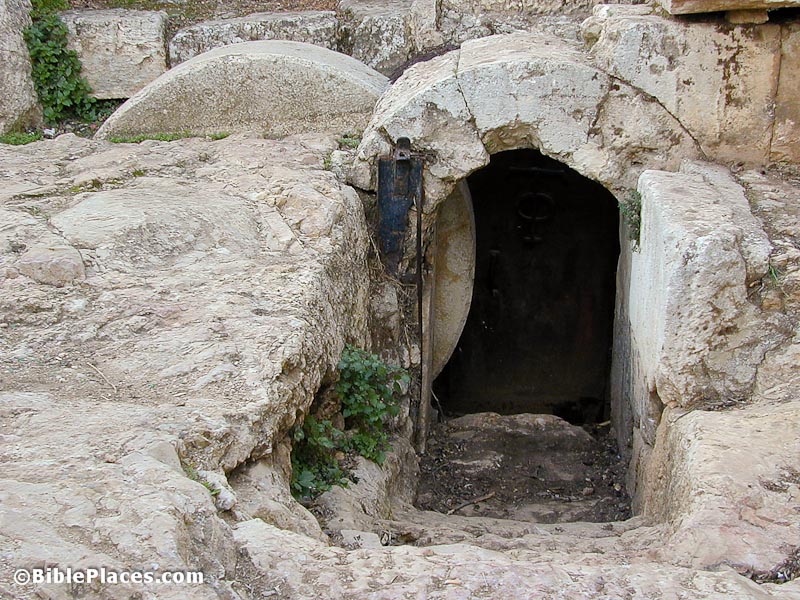The enigmatic “in the lightening to one of sabbath” derives from the beautiful Hebrew idiom, אור לאחד בשבת (or le’eḥad bashabāt, “light to one of the week”).
Jesus and the Essenes
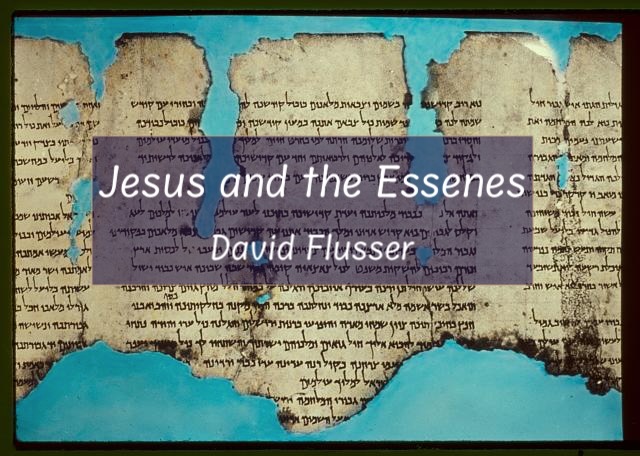
How to cite this article: David Flusser, “Jesus and the Essenes,” Jerusalem Perspective 26 (1999): 3-5; 27 (1999):6-8 .
What Is the Leaven of the Pharisees?
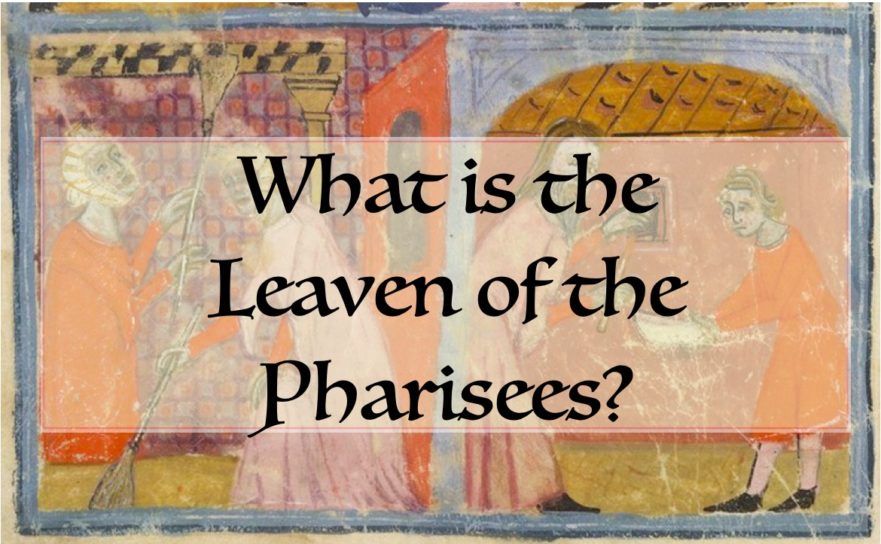
How to cite this article: JP Staff Writer, “What Is the Leaven of the Pharisees?” Jerusalem Perspective (2023) .
The Hebrew Life of Jesus
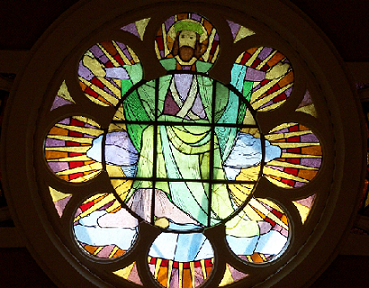
With respect to the enigmatic title, “son of man,” four points should be made:
- The expression ὁ υἱὸς τοῦ ἀνθρώπου (ho huios tou anthrōpou, “the son of the man”) was annoying to Greek ears, for we never find this title outside the Gospels and Acts.
From Ezekiel 17:24 and 21:3 to Luke 23:31: A Survey of the Connecting Jewish Tradition
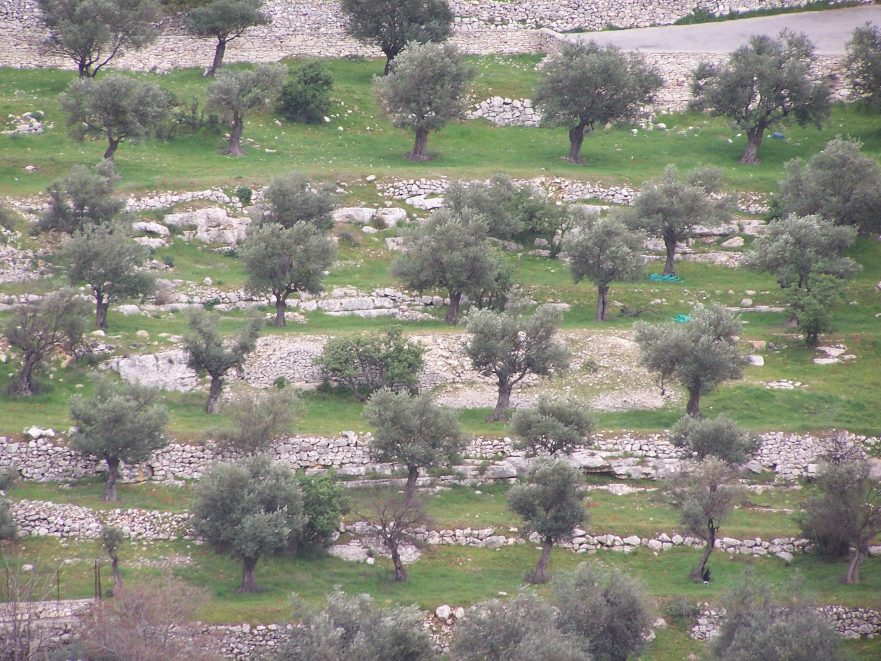
Introduction
Material from Ezekiel 17:24, and more often 21:3 (20:47 in the English Bible) has often been cited as the source of Jesus’ saying in Luke 23:31, “If they do this when the wood is green, what will happen when it is dry?” Other commentators have questioned this assumption. If the material was borrowed from Ezekiel, however, was it borrowed directly or was it sifted through hundreds of years of usage, only to find its way into the mouth of Jesus?
When addressing these questions, it becomes immediately apparent that despite the numerous interpretations offered, there has been no attempt to gather all the pertinent sources together. Nor has there been any attempt to offer anything resembling a comprehensive analysis of all the relevant material.
Jesus’ Yoke and Burden
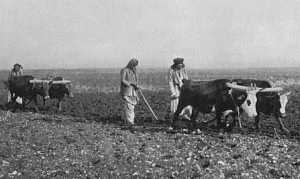
Although extraordinarily beautiful, Jesus’ saying recorded in Matthew 11:28-30 is enigmatic.
Carrion Birds
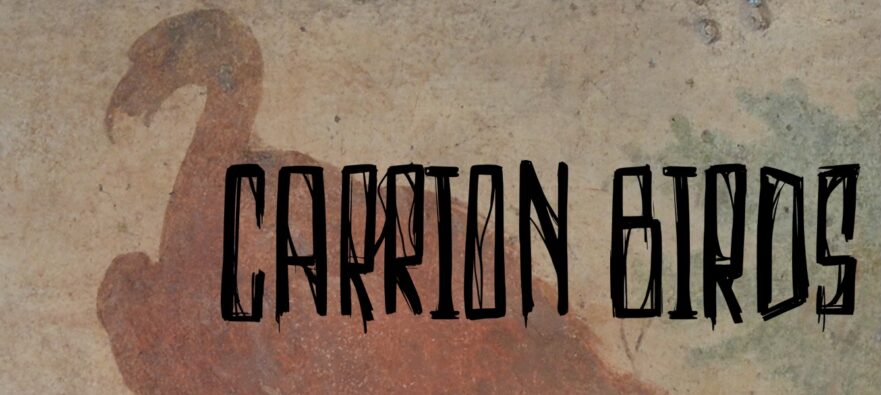
How to cite this article:
David N. Bivin and Joshua N. Tilton, “Carrion Birds,” The Life of Yeshua: A Suggested Reconstruction (Jerusalem Perspective, 2022) .
Jesus’ Place in First-century Judaism and His Influence on Christian Doctrine
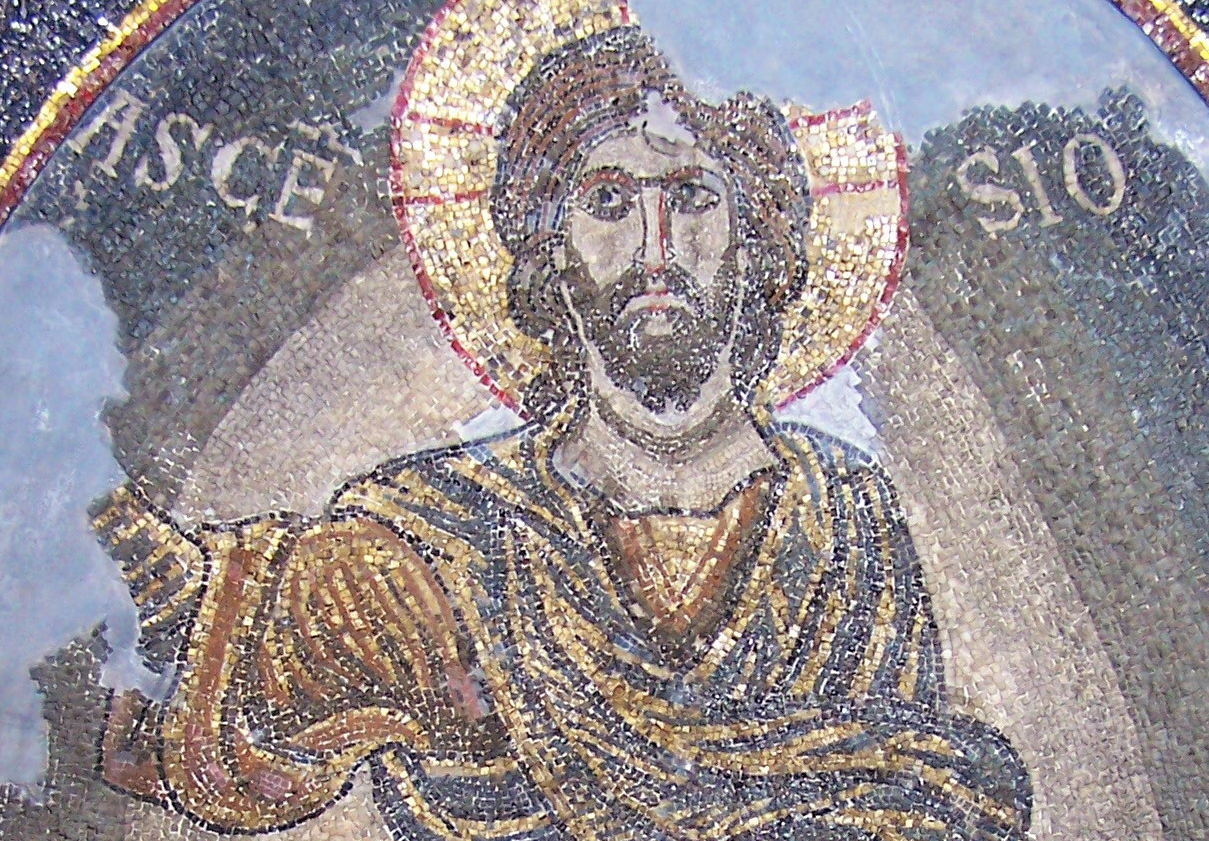
How to cite this article: David Flusser, “Jesus’ Place in First-century Judaism and His Influence on Christian Doctrine” Jerusalem Perspective (2014) .
Generations That Repented Long Ago
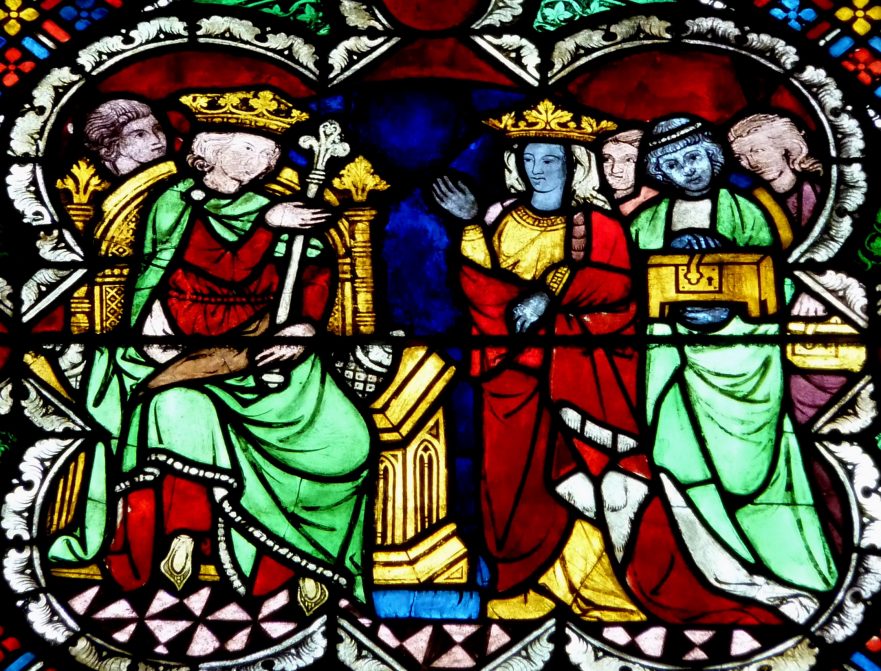
Sign-Seeking Generation deals with a quest for a miraculous sign in the present and concerns the enigmatic figure of the Son of Man, whereas Generations That Repented Long Ago portrays a judgment scene in the eschatological future and focuses on the theme of repentance.
Mysteries of the Kingdom of Heaven
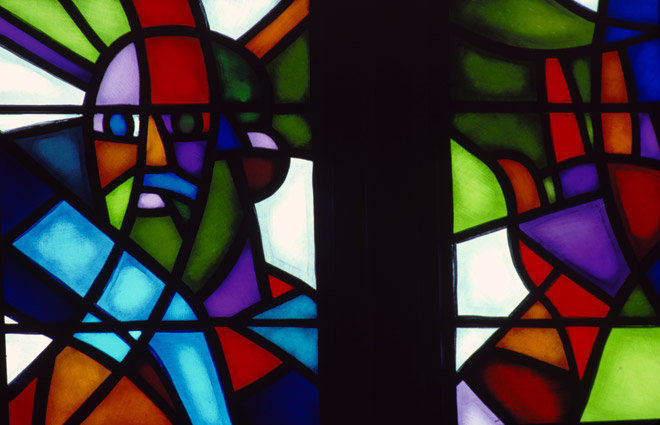
Matt. 13:11-15; Mark 4:11-12; Luke 8:10 (Huck 91; Aland 123; Crook 145)For abbreviations and bibliographical references, see “Introduction to ‘The Life of Yeshua: A Suggested Reconstruction.'” Updated: 12 November 2021
וַיֹּאמֶר לָכֶם נִתַּן לָדַעַת אֶת רָזֵי מַלְכוּת שָׁמַיִם וְלִשְׁאָר בִּמְשָׁלִים כִּי רָאוֹ לֹא רָאוּ וְשָׁמוֹעַ לֹא שָׁמְעוּ וְלֹא הֵבִינוּ
Then Yeshua said to his emissaries: “God has permitted you to experience the mysteries the Kingdom of Heaven had in store. But until now those mysteries were only hinted at through the symbolic language of the prophets, for ‘no eye could see, and no ear could hear, and no heart could understand’ beforehand the full scope of redemption the Kingdom of Heaven would bring.This translation is a dynamic rendition of our reconstruction of the conjectured Hebrew source that stands behind the Greek of the Synoptic Gospels. It is not a translation of the Greek text of a canonical source.
Calamities in Yerushalayim
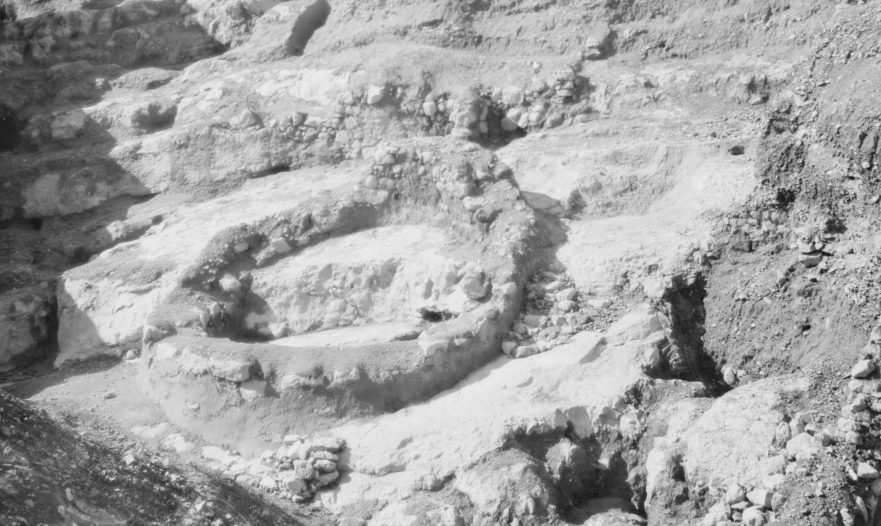
Luke 13:1-5 (Huck 162; Aland 207; Crook 244)For abbreviations and bibliographical references, see “Introduction to ‘The Life of Yeshua: A Suggested Reconstruction.'”
Sign-Seeking Generation
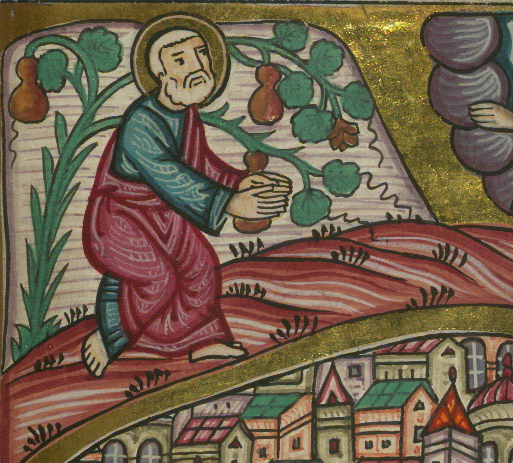
Despite these common features, it is unlikely that the two pericopae were originally adjacent to one another, for whereas Sign-Seeking Generation deals with signs and the enigmatic figure of the Son of Man, Generations That Repented Long Ago describes eschatological events including the resurrection of the dead and the final judgment.
Private: Man’s Contractured Arm
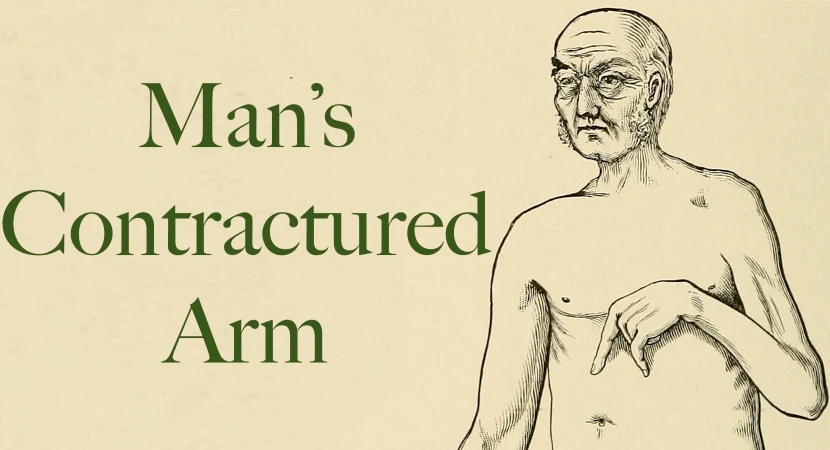
How to cite this article: Joshua N. Tilton and David N. Bivin, “Man’s Contractured Arm,” The Life of Yeshua: A Suggested Reconstruction (Jerusalem Perspective, 2022) .
LOY Excursus: Mark’s Editorial Style

How to cite this article:
David N. Bivin, “LOY Excursus: Mark’s Editorial Style,” The Life of Yeshua: A Suggested Reconstruction (Jerusalem Perspective, 2014) .
- Page 2 of 2
- 1
- 2

